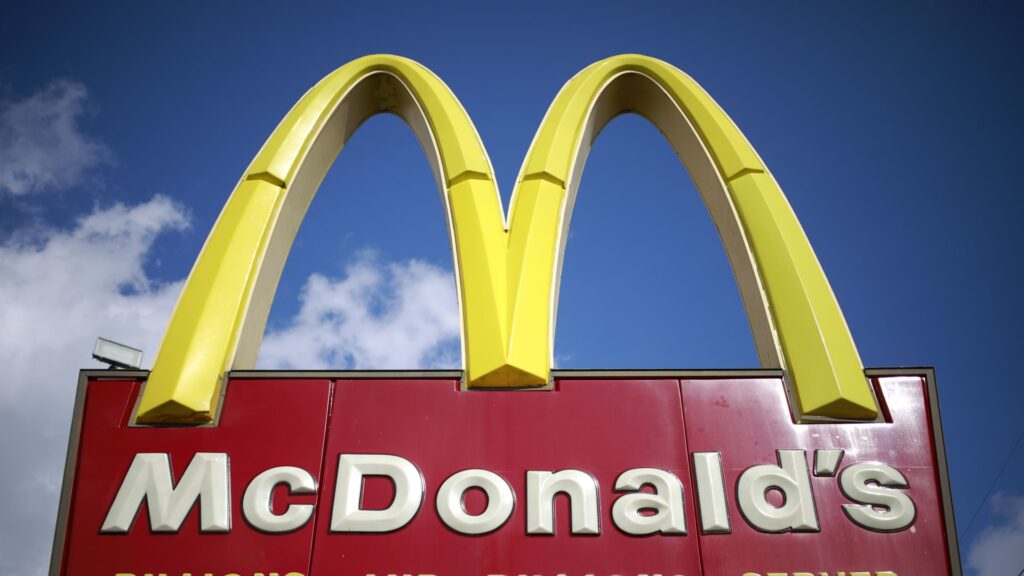McDonald’s customers are still “lovin’ it” despite cutting back on restaurant spending due to inflation.
For the fiscal fourth quarter, McDonald’s reported earnings per share of $2.59 on $5.93 billion in revenue. That compares with earnings per share of $2.45 on $5.68 billion of revenue Wall Street expected, according to Refinitiv.
The fast-food giant also reported an increase in customer visits to its domestic restaurants and a 10.3% uptick in U.S. sales, driven by higher menu prices and increased demand. Global same-store sales rose 12.6% in the quarter.
“Overall, the consumer, whether it’s in Europe or in the U.S., is actually holding up better than what we would have probably expected a year ago or six months ago,” said CEO Chris Kempczinski on the company’s conference call Tuesday morning.
What this means for investors
Despite the fast-food chain beating analysts’ expectations, Kempczinski gave a cautious outlook for 2023. The company expects short-term inflation to continue this year, but executives believe that inflation has likely peaked in the U.S.
Looking further into 2023, McDonald’s is planning to open 1,900 new restaurants, including more than 400 located in the U.S.
On Jan. 31, McDonald’s shares dipped slightly after it reported its latest quarterly earnings. Shares closed lower by about 1.3%, ending the session at $267.40 per share.
Here’s how much money you’d have as of Feb. 1, 2023 if you had invested $1,000 into the company one, five and 10 years ago.
If you had invested $1,000 into McDonald’s a year ago, you’d have about $1,066 as of Feb. 1, according to CNBC’s calculations.
If you had invested $1,000 into McDonald’s five years ago, you’d see a slightly higher return on your investment and have about $1,695 as of Feb. 1, according to CNBC’s calculations.
And if you had given your $1,000 investment into McDonald’s a decade to grow, it would be worth about $3,270 as of Feb. 1, according to CNBC’s calculations.
Investors should do their research
Whether…
Read the full article here





